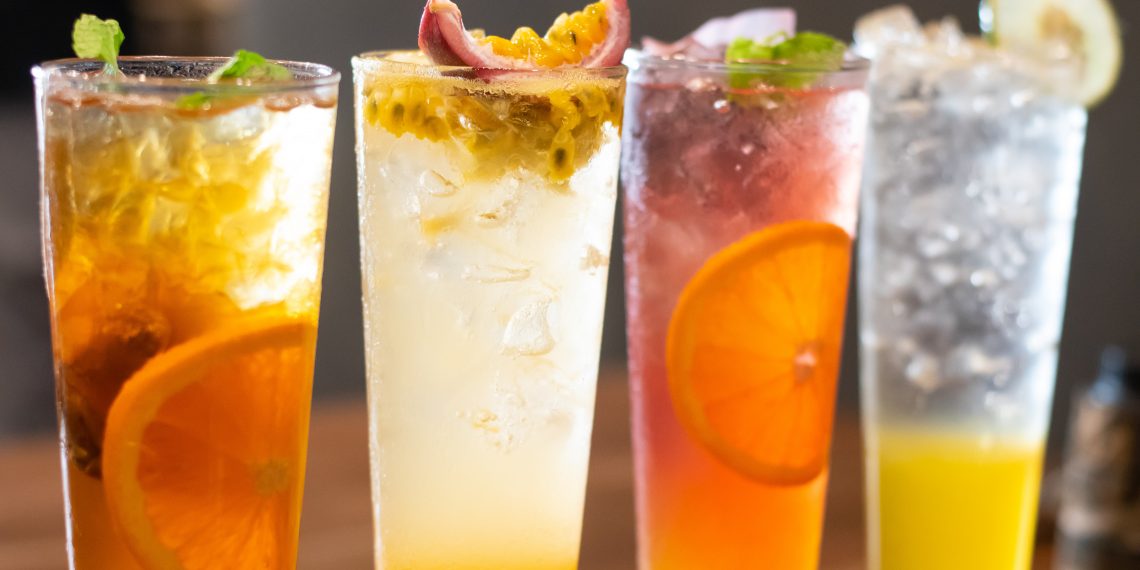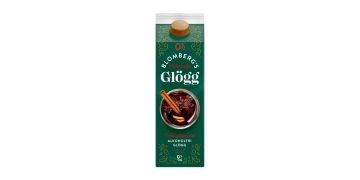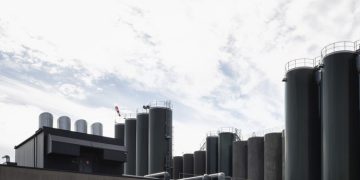Mintel, the experts in what consumers want and why, recently partnered with Foodaily, the Chinese food and drink industry media, to host an exclusive ‘Innovation Seminar’ in Beijing. This event brought together over fifty industry experts to delve into innovation strategies within the rapidly progressing beverage landscape. A highlight of the event was the keynote delivered by Roolee Lu, Mintel Associated Director of Food and Beverage Research. The presentation, ‘Discovering Emerging Trends and Opportunities in the Non-Alcoholic Beverage Sector’, provided a comprehensive analysis of the sector’s evolution over the past five years and offered insights into the shifts in consumer purchasing strategies and behaviors for non-alcoholic beverages during the post-pandemic era.
When juxtaposed with other food and beverage categories, the non-alcoholic beverage sector has demonstrated moderate compound growth (5.7%) over the past halfdecades, indicating stable and consistent market performance. In terms of segmentations, the majority of non-alcoholic beverage sectors experienced considerable market expansion between 2017 and 2022. The most substantial growth was seen in the bottled water (5-yearCAGR of 9.0%) and ready-to-drink (RTD) tea (5-year-CAGR of 8.8%) segments, with flavored sparkling water playing a significant role in the market expansion of bottled water.
In the aftermath of the pandemic, consumer spending on non-alcoholic beverages has become more judicious. Mintel data from April 2023 reveals that 15% of metropolitan consumers in China anticipate purchasing more costeffective non-alcoholic beverage products. Concurrently, a high degree of brand loyalty is evident among the majority of consumers as 55% of consumers plan to purchase nonalcoholic drinks from the same brands. As health consciousness rises, consumers have begun to demand more health-centric nonalcoholic beverages. According to Mintel data, over half of the consumers assert that an ideal non-alcoholic beverage should have low or zero sugar (56%), calories (56%), and fat (52%).
Addition: Boosting nourishment, targeting niche audiences
Intriguing flavors (66%) serve as a compelling motivator for consumers to experiment with cross-category beverages. However, when it comes to fostering repeat purchases, the significance of nutritional value (57%) mirrors that of novel flavors (58%). For the senior demographic, nutritional value tends to eclipse innovative flavors, emerging as the primary determinant in their repurchasing decisions.
When it comes to the choice of functional products, conventional food and drinks hold a definitive edge over health supplements. The majority of consumers prefer to derive functional benefits such as weight management, skincare and anti-aging, sleep support, stress alleviation, and detoxification through their food and drink consumption.
In the non-alcoholic beverages sector, vitamins (63%) and probiotics (62%) rank as the most desirable additives among consumers. The preference for probiotics is comparable to that for vitamins, outstripping dietary fibers (50%), minerals (46%), and proteins (45%). Consumers’ affinity for probiotics primarily comes from their tight connection with health. Moreover, as much as 42% of consumers also find that drinks with probiotics added are tasty.
Roolee said: ‘This underscores the enduring trust and loyalty that traditional food and drinks command from consumers in terms of delivering functional benefits. Since the onset of the pandemic, there has been a marked escalation in consumer health consciousness. Consequently, food and drink products have a golden opportunity to better fulfill consumers’ demand for healthy dietary preferences and functional benefits, particularly the ready-todrink beverages that consumers prefer.’
Experience: Innovating flavors, crafting a beverage ambience
Mintel consumer data reveals that a striking 66% of Chinese consumers are inclined to experiment with cross-category drinks because of their unique flavors. Furthermore, for 72% of consumers, flavor comes first when choosing sparkling drinks, while 57% of tea drinkers prefer experimenting with various products compared to sticking to one or a few choices. Indeed, consumer demand for sugar reduction varies by product category. For instance, 53% of consumers gravitate towards sugar-free bottled water, but 41% are content with juices containing regular sugar.
‘Consumers demonstrate a high degree of acceptance and tolerance for the natural sugars present in fruits. For the non-alcoholic beverage sector, innovation centered around the drinking experience continues to be the primary catalyst for consumption. Opportunities abound for in-depth exploration in numerous areas, such as exotic fruit flavors, differentiated needs in the context of sugar reduction, texture, and visual appeal,’ added Roolee.
Cross genres: defying conventional categories , inspiring new possibilities
Finally, a mere 15% of surveyed consumers drink non-alcoholic beverages for 1 or 2 purposes, while most consumers do so for numerous reasons, indicating that consumption needs are growing more varied. Additionally, the emotional issues widely experienced by consumers following the pandemic are worth the attention of nonalcoholic beverage brands.
Roolee concluded: ‘Non-alcoholic beverage brands can break free from conventional category limitations by engaging in crosscategory innovation. These brands can not only pay heed to consumers’ evolving everyday and recreational habits but also spread an invigorating lifestyle to consumers through emerging activities to build a trendsetting brand persona among younger audiences. Collaborating with emerging outdoor activities can also help reinforce the association of relevant categories like sports drinks and electrolyte drinks with exercise nourishment support and rehydration among outdoor enthusiasts.’




















